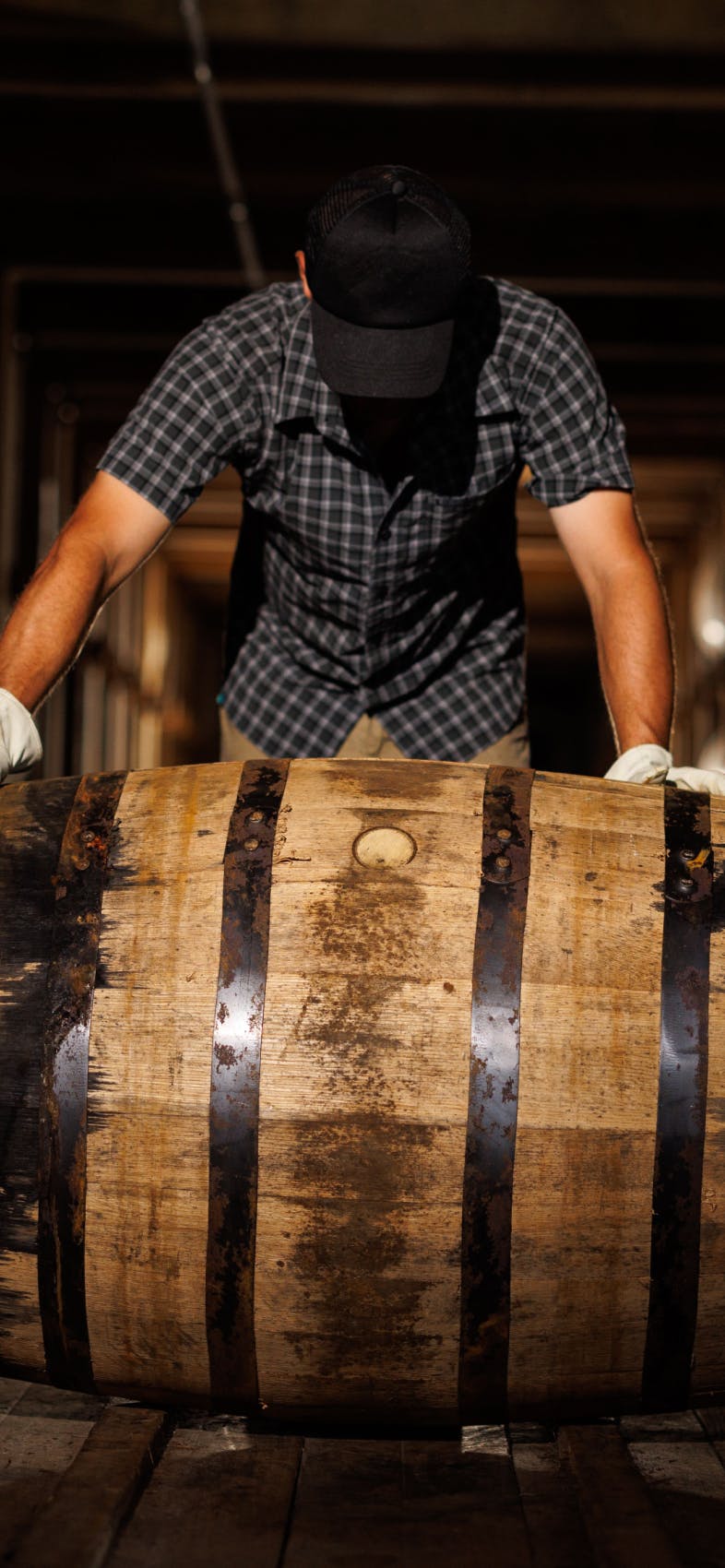
Top Rated Tours & Experiences Since 2008

MJE offering
Curated
Tours
Mint Julep Experiences offers multiple ways to enjoy these handcrafted tours, providing unforgettable journeys along both the Kentucky Bourbon Trail and the Tennessee Whiskey Trail. Join other enthusiasts on one of our expertly curated Kentucky Bourbon Tours or Tennessee Whiskey Tours, where you'll visit world-renowned distilleries, enjoy exclusive tastings, and learn from industry experts. For a more personalized experience, reserve private VIP transportation and customize your itinerary to explore your favorite distilleries at your own pace. Whether you're a seasoned whiskey lover or new to the world of bourbon and whiskey, we offer the perfect tour for every enthusiast.

Private tours
With the expertise of our experience coordinators, you can craft the perfect itinerary.

Custom tours
Groups of all sizes can plan a customized one-day or multi-day tour.

Public tours
We handle everything from start to finish, including scheduling and admissions.

Luxury Transport
More than just a ride, our drivers offer the highest level of professionalism, safety, and service.
FEATURED Experiences
Enjoy The
Variety
We create handcrafted, premium adventures that connect you to the region’s deep traditions, important history, and authentic heritage. Explore legendary distilleries on our Kentucky Bourbon Tours, experience the craftsmanship behind Tennessee whiskey with a Jack Daniels Distillery Tour, or capture Nashville's creative spirit on a vibrant Nashville Murals Tour. No matter your interest, our expertly guided experiences offer an unforgettable journey through the best of bourbon, whiskey, and local culture.
Bourbon tours
Horse farms
Barrel selects
Sightseeing tours
culinary experiences
Breweries & wineries
PROUDLY LOCAL
fueled by
local spirit
Mint Julep Experiences is a proud member of Kentucky, Tennessee and Ireland's finest Organizations. With team members in every city, we actively leverage our local partnerships and knowledge to ensure the guest experiences is second to none!
Hospitality with a
Twist of Mint
Award-winning
Excellence
Choose your location







